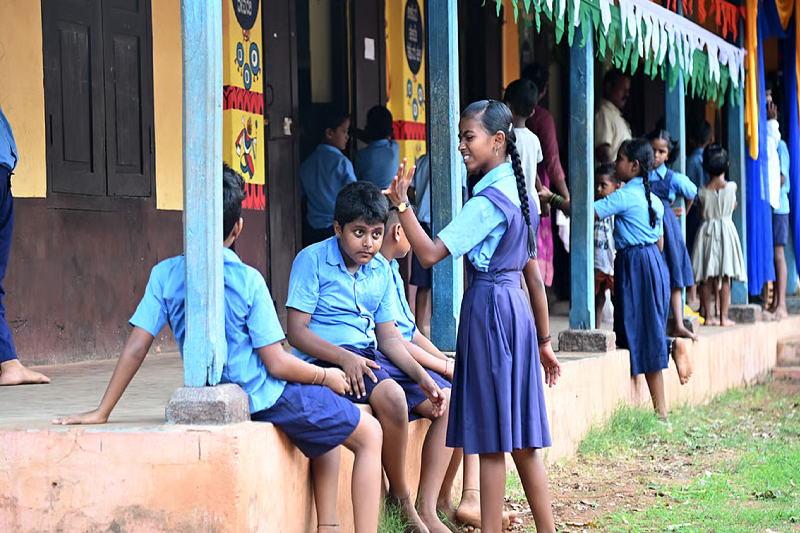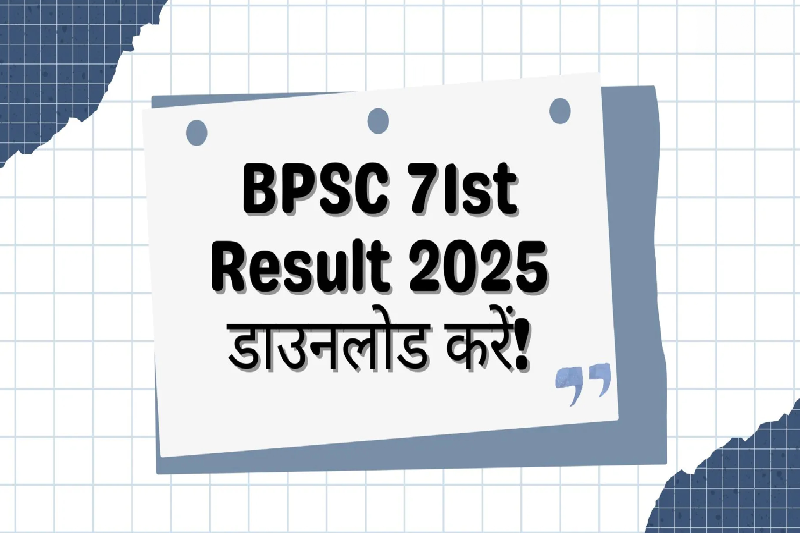
Government Schools in Karnataka Face Sharp Decline in Student Enrollment: Causes, Challenges, and Steps Forward
Government schools in Karnataka have witnessed a significant decline in student enrollment over the past three academic years, according to recent data presented in the state legislative council. The Department of School Education and Literacy’s statistics highlight a worrying trend that threatens the reach and impact of state-run primary and high schools across Karnataka.
Congress legislator ML Anil Kumar revealed that enrollment figures have dropped by nearly 4.7 lakh students since the 2022-23 academic year. Specifically, the data shows that while enrollment stood at 45.4 lakh students in 2022-23, it fell to 42.9 lakh the following year, and further plunged to 40.7 lakh in the 2024-25 academic year.
This steady decline signals underlying challenges within the public education system and raises questions about the factors driving students away from government schools.
Key Challenges: Pre-Primary Sections and Enrollment Decline
One of the major reasons cited for the enrollment drop is the lack of pre-primary education sections such as Lower Kindergarten (LKG) and Upper Kindergarten (UKG) in government schools. Madhu Bangarappa, the Minister for School Education and Literacy, addressed this issue in the legislative council, acknowledging that this gap significantly affects student enrollment.
To tackle this, the government has initiated efforts to introduce about 5,000 LKG and UKG classes across state-run schools. Additionally, a new bilingual education program is being rolled out, aiming to make government schools more attractive and accessible to young children and their parents.
The introduction of these foundational education levels is expected to encourage more families to enroll their children in government schools right from the start, which could help stem the declining numbers in higher grades.
Karnataka Public Schools: A Strategy to Boost Enrollment in Rural Areas
Another initiative highlighted by the minister is the establishment of Karnataka Public Schools. These schools are designed to provide continuous education from kindergarten through pre-university level under one roof. The goal is to offer consistent, high-quality education, particularly targeting rural areas where government school enrollment has been most affected.
By focusing on rural regions, the government hopes to provide accessible and comprehensive schooling, which in turn should improve enrollment figures and educational outcomes in those communities.
Controversy Over School Closures Amid Enrollment Declines
While the government has received proposals to close certain state-run high schools due to low student numbers, Minister Bangarappa emphasized that no primary schools have been shut down for this reason, nor are there plans to do so in the future.
“We have received proposals to shut schools with very low student strength. But we have not closed a single primary school on grounds of poor admissions. I assure the House that we will not close any such schools in the future either,” Bangarappa stated.
However, this assurance is contradicted by the closure of a high school in Hulikal, Tumakuru district, during the 2023-24 academic year, which was shut down because of inadequate student enrollment. This closure has raised concerns about the government’s commitment to keeping schools operational despite falling student numbers.
Addressing Teacher Vacancies to Improve Education Quality
A significant factor contributing to the crisis in government schools is the shortage of qualified teachers. According to the minister, there are currently 16,577 vacant teacher positions in government primary schools across the Kalyana Karnataka region alone, and over 33,527 vacancies exist in other parts of the state.
While the government has authorized the filling of 4,882 posts, the recruitment process has been stalled due to unresolved issues related to internal reservation quotas. Minister Bangarappa assured the legislative council that these issues would be resolved soon, with plans to complete teacher recruitment in Kalyana Karnataka within four months of finalizing the internal reservation guidelines.
Filling these vacancies is crucial, as adequate staffing directly impacts the quality of education and the attractiveness of government schools for students and parents alike.
The Road Ahead: Reversing the Decline in Government School Enrollment
The decline in enrollment in government schools is a complex problem that stems from several interrelated issues—lack of pre-primary education, teacher shortages, and the closure of some schools. The government’s response so far has involved targeted measures like launching LKG-UKG classes, introducing bilingual education, and setting up Karnataka Public Schools, especially in rural areas.
Ensuring that all schools remain operational and adequately staffed with qualified teachers will be key to restoring confidence in public education. Furthermore, addressing infrastructural gaps and improving teaching quality must be prioritized to make government schools a preferred choice for families.
Conclusion
Karnataka’s government schools are at a critical juncture. The loss of nearly five lakh students over three years is a wake-up call for education policymakers, administrators, and stakeholders. While the government has taken steps to reverse this trend, such as starting early childhood education programs and improving recruitment, much work remains to ensure that public education continues to serve its purpose effectively.
With continued focus on expanding foundational education, filling teacher vacancies, and investing in rural schooling infrastructure, Karnataka can hope to see a rebound in government school enrollment—securing equitable and quality education for its future generations.



